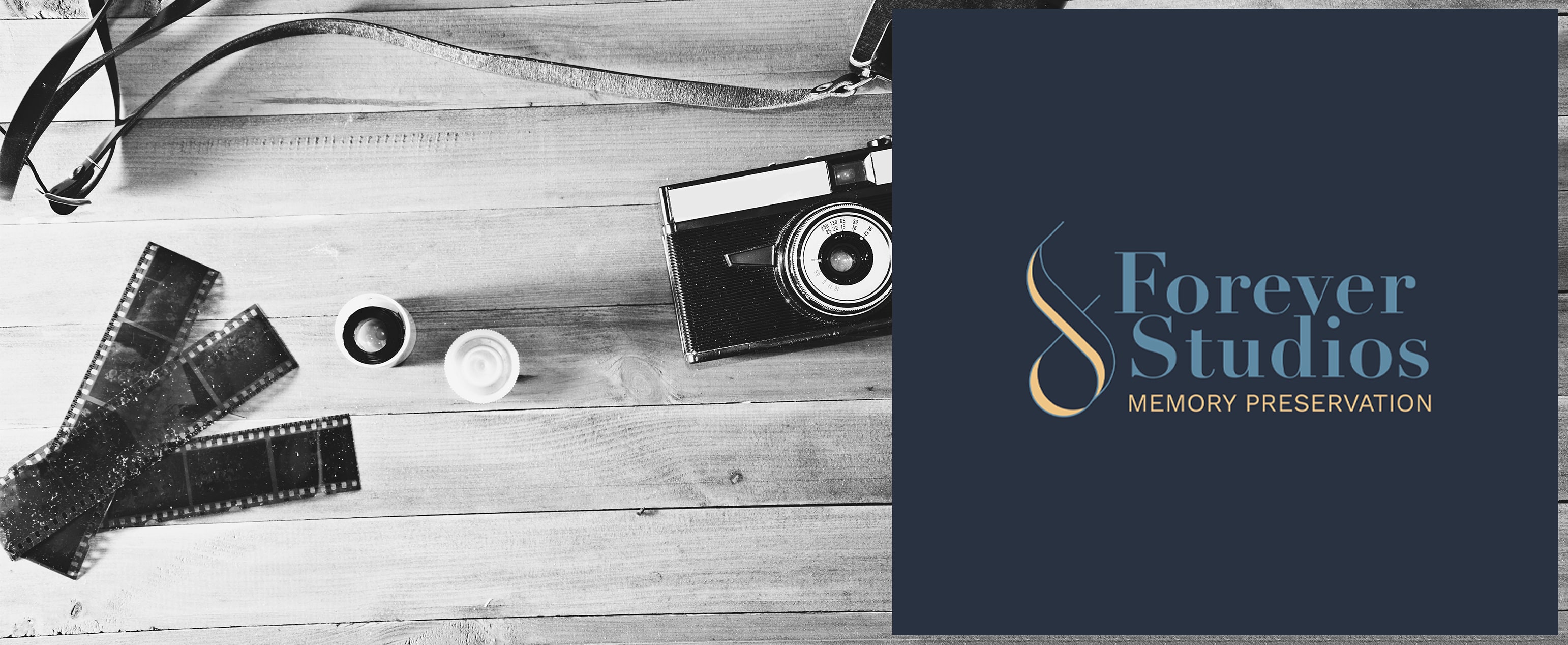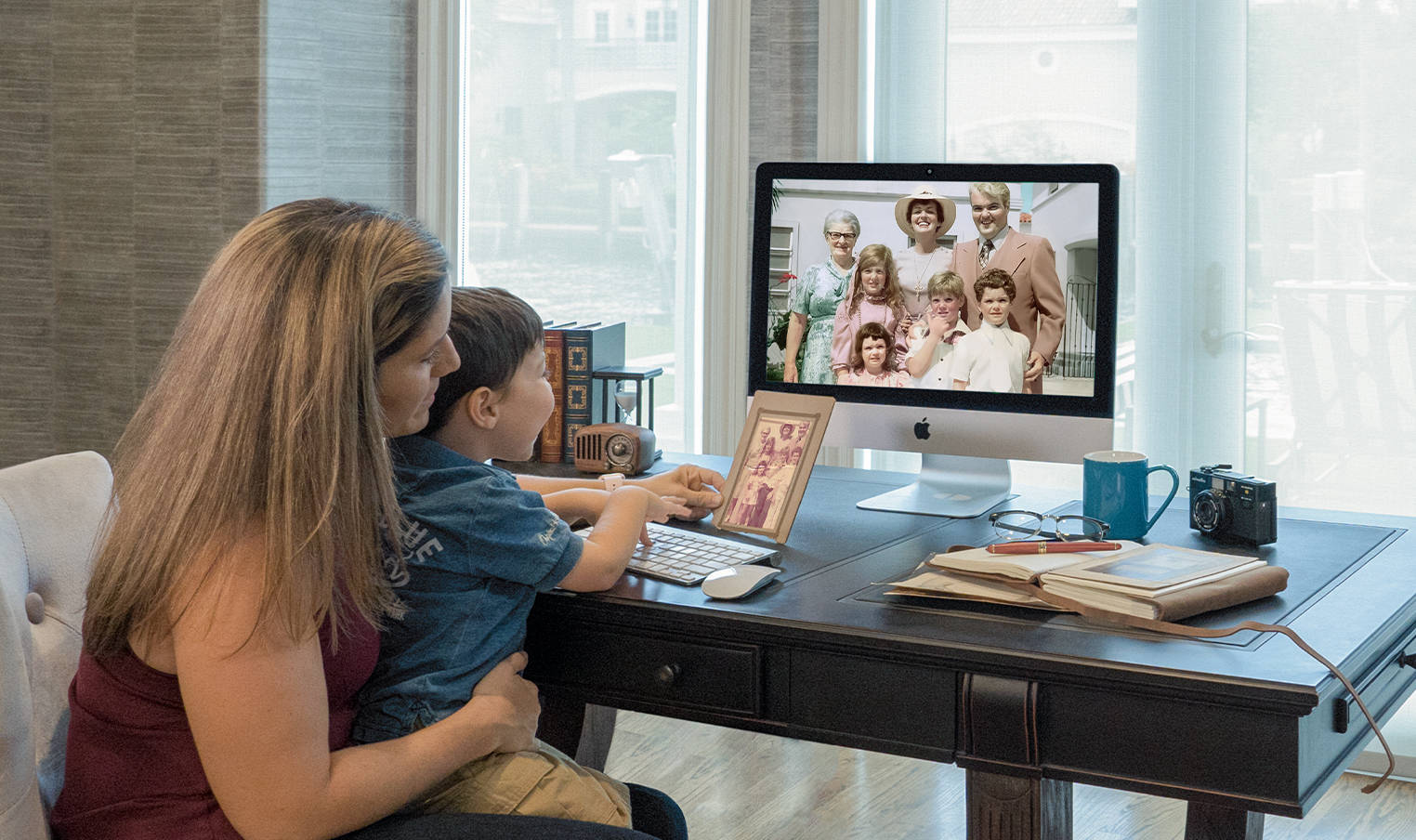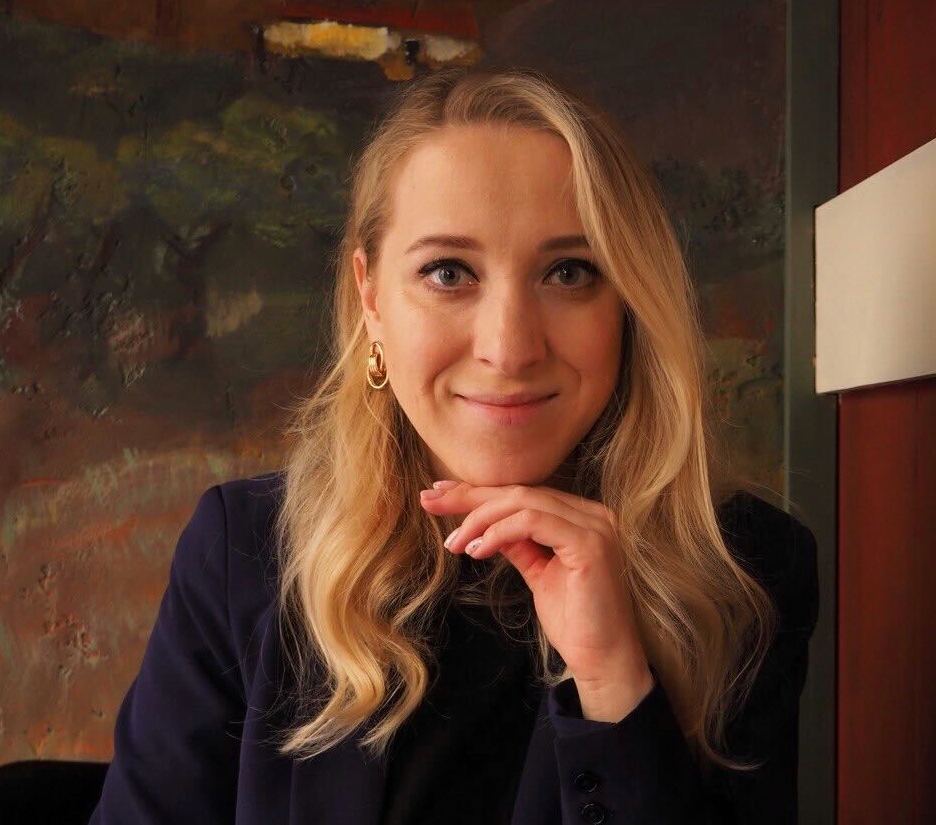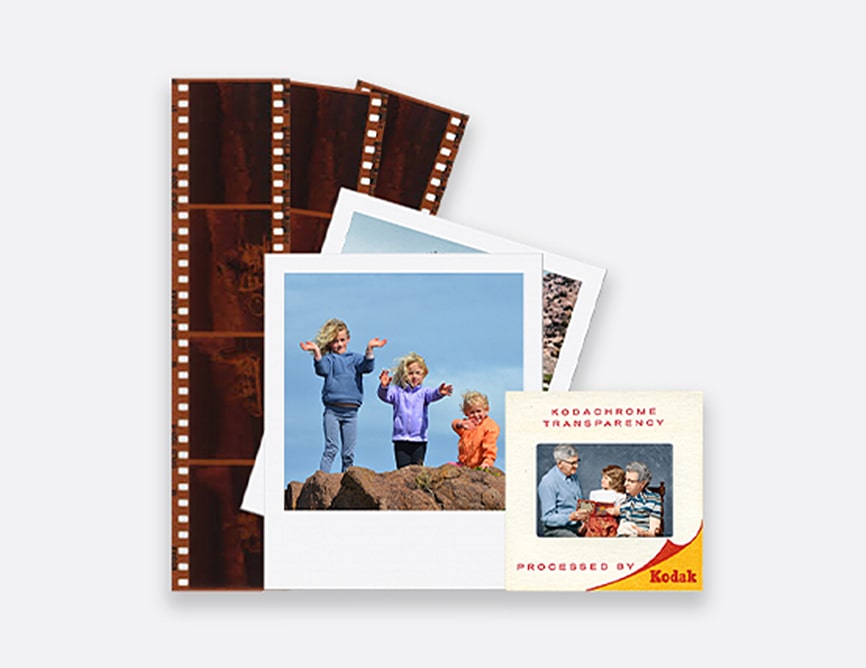
How to Convert Negatives to Digital?
Discover 8 easy ways to convert your old film negatives to digital format.
By Nancy Young

About Forever Studios
Forever Studios is a South Florida based company that specializes in family history preservation serving customers across the United States in VHS to Digital Conversion, 8mm Film to DVD, Photo Scanning Services, Old Photo Restoration & Wall Art & Photo Prints.
Nancy Y.
Nancy Young is a seasoned copywriter with over 8 years of experience crafting compelling content for a range of industries. Her passion for photography shines through in her work, as she enjoys writing about topics that help others improve their skills and capture life's precious moments.

Nancy Young is a seasoned copywriter with over 8 years of experience crafting compelling content for a range of industries. Her passion for photography shines through in her work, as she enjoys writing about topics that help others improve their skills and capture life's precious moments.



